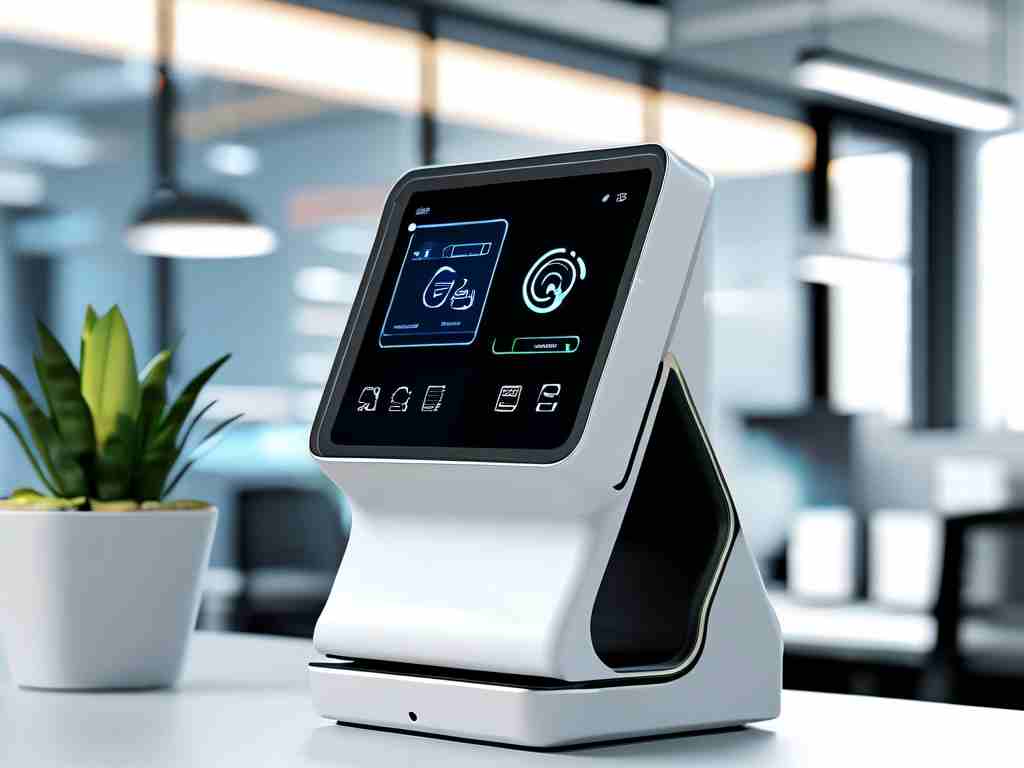In today's data-driven landscape, Customer Data Platform (CDP) implementation has become critical for businesses seeking unified customer insights. However, manual deployment processes often lead to configuration errors and operational delays. This article explores how automation transforms CDP deployment while maintaining system reliability and scalability.

The complexity of modern CDP architectures demands precision in environment setup. Traditional deployment methods requiring manual intervention across multiple servers frequently result in version mismatches and dependency conflicts. Automation addresses these challenges through standardized workflows that ensure identical configurations across development, staging, and production environments. For instance, infrastructure-as-code (IaC) tools like Terraform enable teams to define cloud resources through declarative configuration files:
resource "aws_instance" "cdp_core" {
ami = "ami-0c55b159cbfafe1f0"
instance_type = "m5.large"
tags = {
Environment = "Production"
Component = "DataProcessing"
}
}
Continuous integration pipelines further enhance deployment reliability by incorporating automated testing. Unit tests validate individual CDP components before integration, while end-to-end tests simulate real-world data flows. This layered testing approach significantly reduces post-deployment troubleshooting. Monitoring integration forms another crucial aspect – automated alerts for resource utilization thresholds or service interruptions enable proactive system maintenance.
Security automation plays a pivotal role in CDP deployments. Automated credential rotation mechanisms and policy enforcement ensure compliance with data protection regulations like GDPR. Role-based access control (RBAC) configurations can be managed through version-controlled scripts, eliminating manual permission assignment errors. Encryption key management systems integrated with deployment pipelines automatically secure data at rest and in transit.
The business impact of automated CDP deployment manifests in multiple dimensions. Deployment cycles shrink from weeks to hours, accelerating time-to-market for new data capabilities. Environment consistency minimizes "works on my machine" scenarios during team collaborations. Audit trails from automated processes simplify compliance reporting, while predictive scaling based on usage patterns optimizes cloud infrastructure costs.
Real-world implementations demonstrate measurable outcomes. A retail enterprise reduced CDP deployment errors by 78% after adopting Ansible playbooks for configuration management. A financial services provider achieved 60% faster disaster recovery through automated environment replication scripts. These cases underscore automation's role in building resilient CDP infrastructures.
Looking ahead, emerging technologies like AI-driven deployment optimization promise smarter resource allocation. Machine learning models analyzing historical deployment data could predict optimal configuration parameters, while self-healing systems automatically rectify runtime issues. However, organizations must balance automation with human oversight – critical decisions around data governance and ethical AI usage remain firmly in the domain of skilled professionals.
To implement CDP deployment automation effectively:
- Start with modular automation for repeatable tasks
- Establish version control for all configuration artifacts
- Implement gradual rollout strategies with rollback capabilities
- Train teams in both CDP concepts and automation tools
- Continuously refine processes through deployment metrics analysis
The journey toward automated CDP deployment requires cultural shifts alongside technical changes. Development and operations teams must adopt collaborative workflows, while leadership needs to support iterative improvement processes. When executed strategically, automation becomes the backbone of agile, enterprise-grade CDP implementations capable of evolving with dynamic business needs.









